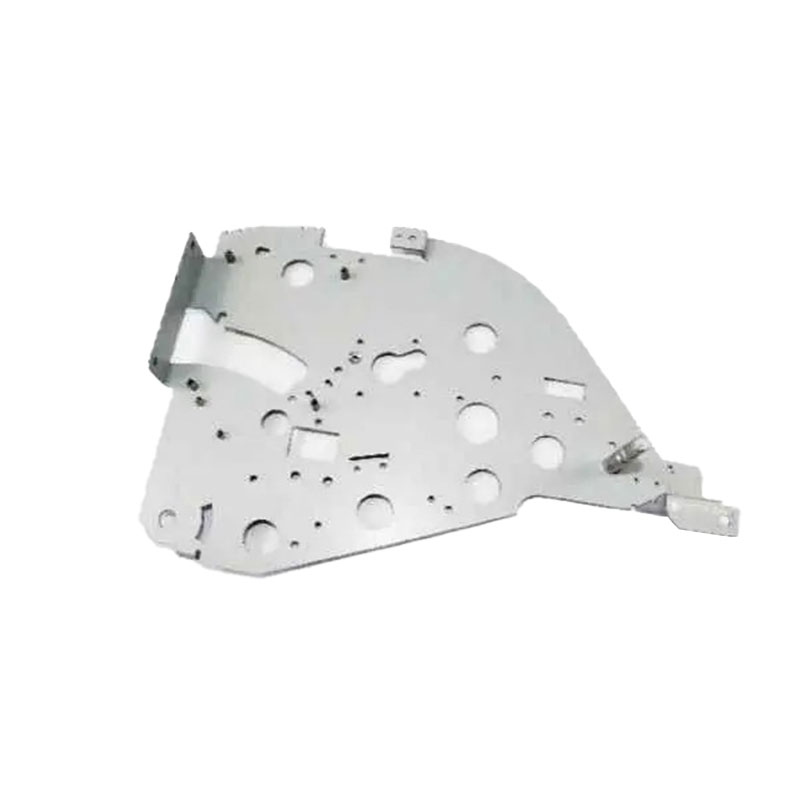Time to read: 6 min

Introduction to Sheet Metal Fabrication
Sheet metal fabrication is an essential manufacturing technique used to create a wide array of parts and products by cutting, folding, bending, and assembling flat metal sheets. This process is critical in various industries, including aerospace, automotive, consumer electronics, medical devices, and robotics.
Overview of the Sheet Metal Fabrication Process
This section provides a detailed look at the steps involved in sheet metal fabrication, from the initial design phase to the final assembly of the metal parts.
Design Tips for Improved Manufacturability
Effective design is crucial for successful sheet metal fabrication. This section offers design tips that enhance the manufacturability of metal parts, ensuring consistent production and high-quality outcomes.
Standard Tolerances in Sheet Metal Fabrication
Understanding standard tolerances is vital for ensuring the precision and consistency of fabricated parts. This section outlines the typical tolerances in sheet metal fabrication and their implications for part design and production.
Industrial Applications of Sheet Metal Fabricated Parts
Sheet metal fabricated parts are used across numerous industries. This section explores the applications of these parts, highlighting their versatility and the benefits they offer in different sectors.
Advantages and Disadvantages of Sheet Metal Fabrication
This guide provides a balanced view of sheet metal fabrication by discussing its advantages, such as cost-effectiveness and design flexibility, as well as its disadvantages, including potential limitations in complex part production.
Cost-Reduction Strategies for Sheet Metal Fabrication
Minimizing costs without sacrificing quality is a key concern in manufacturing. This section offers practical tips for reducing sheet metal fabrication costs, helping manufacturers achieve greater efficiency and value.




